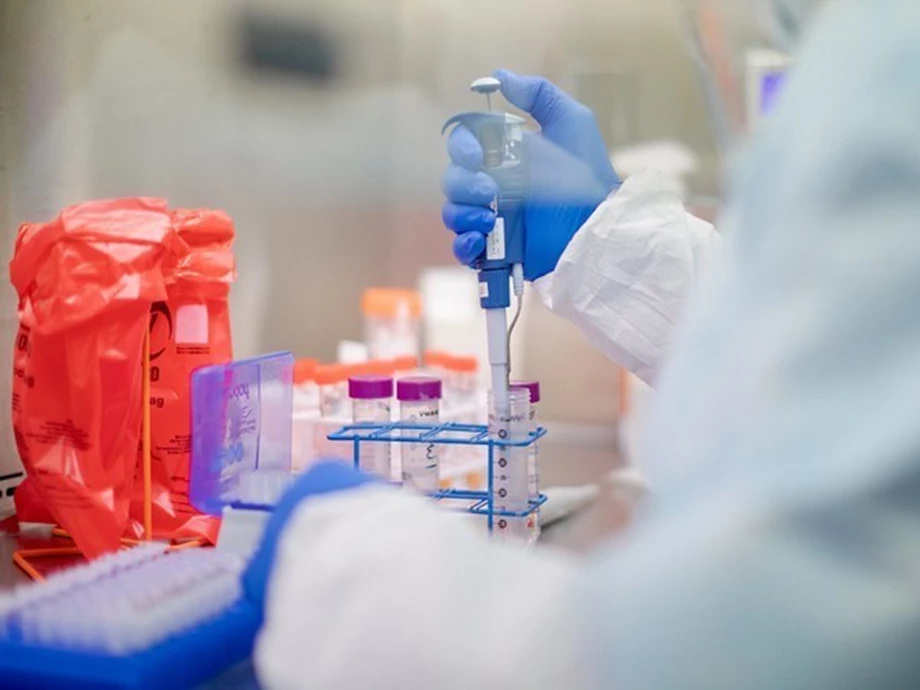Skin Infections in Kids: How to Make Impetigo Go Away
Impetigo is contagious. Though it is a common infection to children but it can affect adults as well.

Whether at home or in school, most kids are prone to minor accidents while they are busy at play. They usually get minor bruises and scratches on their skin. These small cuts and abrasions, however, could become serious once skin infections set in and no proper treatment administered.
A good example of a bacterial infection is called Impetigo. Impetigo is characterized by the presence of crusty lesions on the skin. This skin infection is caused by the following bacteria: Streptococcus or staphylococcus aureus. These bacteria are usually found on human skin and cause infections when they gain entry via an open wound. Children infected with impetigo develop blisters that usually burst and ooze with fluid. These blisters eventually harden into a honey-colored crust.
Impetigo can affect skin anywhere on the body but often attacks the area around the nose and mouth. It is more likely to show up on skin that is already irritated or raw from eczema, poison ivy, bug bites or a skin allergy to soap or makeup.
Impetigo is contagious. The infection is carried in the fluid that oozes from the blisters. When the patient touches the infected skin and then touches another part of the body, the bacterial infection may be transferred to that spot. It also can be spread from one person to another. This is why school children easily spread the infection from one kid to another. Impetigo can also be found in some adults who do not observe hygienic practices.
Symptoms of impetigo caused by streptococci include the presence of tiny blisters containing fluid. The skin underneath them is moist and red. A tan or yellow-brown crust covers the wet areas, making it look like they've been coated with honey or brown sugar.
A staphylococcus infection may cause larger blisters filled with clear fluid from the start but later on becomes cloudy. These blisters usually remain whole without bursting longer than the blisters from streptococcus impetigo do. It may be difficult to tell if the skin infection is caused by strep or staph bacteria but the treatment is just the same.
Antibiotic ointment may be prescribed but if the skin infection has spread to other parts of the body, an antibiotic pill may be administered. Because impetigo can spread from person to person through contact with the infected area, someone who has it should stay home from school while the infection is still contagious. Usually, impetigo is no longer contagious after about 24 to 48 hours of treatment and after 3 days of treatment, the wounds should start to heal.
However, if the skin doesn't begin to heal after this time, or if fever develops, a physician may be needed. It is best to consult a doctor right away if the skin around the impetigo becomes red, warm, swollen, or tender.
Aside from taking or applying the medicine exactly as per advice by the doctor, gently wash the infected areas twice a day with an unscented soap and water, using a piece of clean gauze. If a spot is crusted, soak it in warm, soapy water for a while to remove built-up layers of the crust. There is no need to get rid of all of the crust, but it is important to keep the area clean.
Covering the infected areas with gauze and tape or a loose plastic bandage will keep impetigo to others parts of the body. Keep fingernails short until the infection clears up. Even though impetigo may itch, try not to scratch because scratching can spread the infection or tear the skin and make it worse. Scratching repeatedly can lead to scarring of the skin. The best way to prevent impetigo is to simply follow good hygiene habits.
What's Your Reaction?



































































































